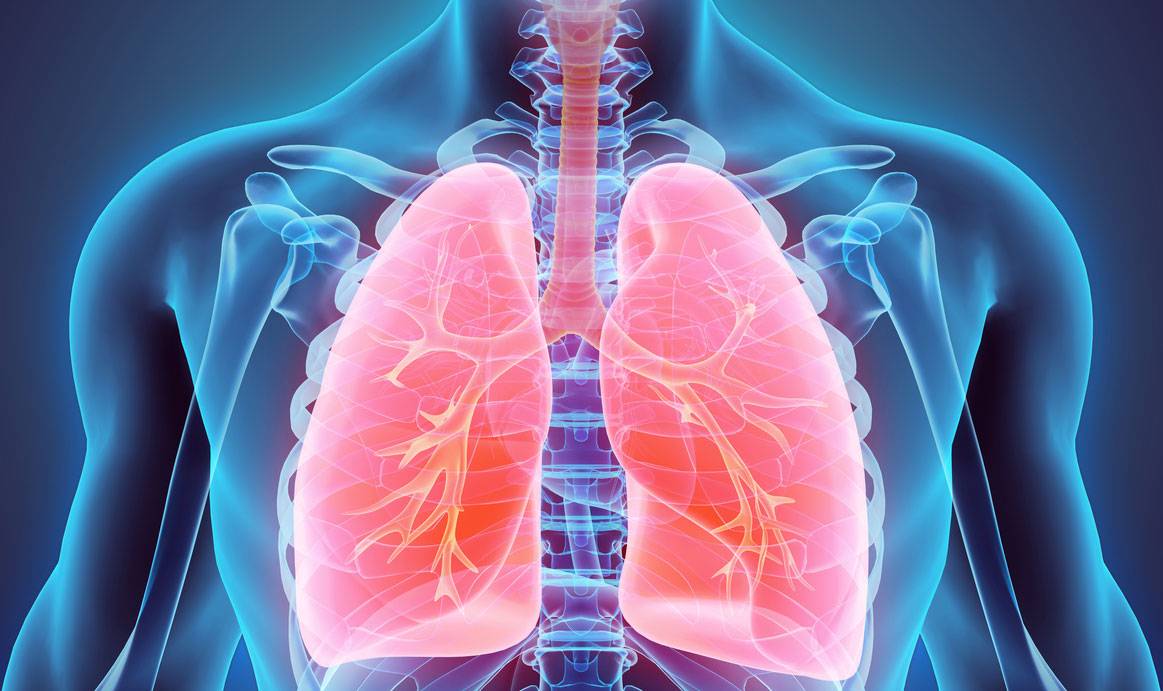Health Dangers And Risks Associated With Turpentine
Turpentine is a toxic substance that can cause great harm to an individual's health, particularly when it comes to their lungs. This is because breathing in the fumes from turpentine or products containing the substance, can cause direct damage, both short-term and lasting, to the lungs. Turpentine, unfortunately, is a common additive in different resins, ink, paints, and similar products. It is also commonly used as a paint thinner and to remove paint. Thus, it is vital to read ingredient lists carefully to avoid products containing turpentine as much as possible. Turpentine exposure, particularly of the prolonged variety, poses a significant danger to health. Learn about the major health dangers and risks of turpentine now.
Pulmonary Edema

Turpentine can cause pulmonary edema, a dangerous health condition that will cause individuals to suffer from excessive fluid in the lungs. Heart problems often cause this fluid, but it’s also been associated with exposure to toxins such as turpentine. It can occur over some time, or it can come on suddenly. This is the most dangerous type of edema, as it can be fatal. If it comes on suddenly and without warning, it’s imperative for patients to seek medical attention right away. It’s best to stay away from anything containing turpentine or its oil to best prevent this health issue. If it does occur, patients will notice they suddenly have difficulty breathing. Their breath will be short and fast, and get worse when they’re lying down or being active. Patients will begin wheezing and coughing, skin becomes cold, and lips might become blue.
Learn more about the effects of turpentine on health now.
Throbbing Headaches

The body reacts quickly when exposed to turpentine. If individuals use too much on a small area of their skin or inhale it, they might experience throbbing headaches. These headaches have the potential to turn from serious headaches to debilitating migraines. There is no set timeframe for how long the headaches will last either. Patients might experience the pain for hours, days, or even off and on for weeks at a time depending on their exposure level. Individuals who use turpentine and develop a headache should call a doctor right away. There’s no harm in taking an over-the-counter medication to try and make the throbbing pain subside for some relief, but patients must still speak to a doctor. In addition to a throbbing headache, patients may also feel dizzy, confused, and have a quickened pulse. They may also feel nauseous. These are all dangerous symptoms of exposure individuals must have checked out right away.
Keep reading for more information on the health dangers associated with turpentine.
